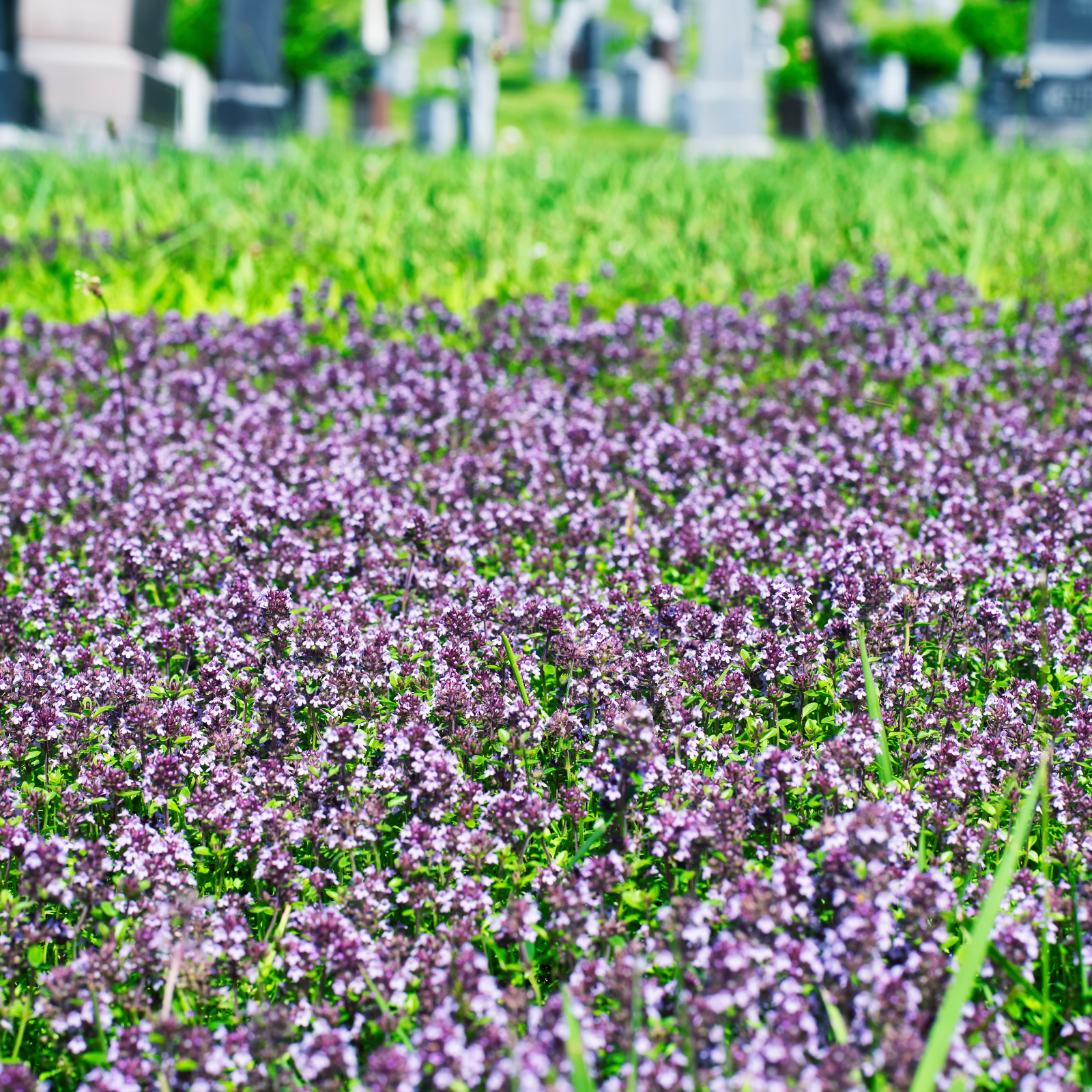Growing Carissa Shrubs: How To Grow A Carissa Natal Plum


If you like fragrant shrubs, you'll love the Natal plum bush. The fragrance, which resembles that of orange blossoms, is especially intense at night. Read this article to find out more.
Natal Plum Bush Info
Natal plum (Carissa macrocarpa or C. grandifolia) blooms mainly in summer, and sporadically all year long so that throughout most of the year you'll have both flowers and pretty little red fruit present on the shrub. The star-like flowers are about 2 inches (5 cm.) in diameter and have thick, waxy petals. The edible, bright red, plum-shaped fruit tastes like cranberries, and you can use it to make jam or jelly. Carissa plant care is a snap when you plant it in the right location. The shrubs need afternoon shade in well-drained soil. Avoid growing Carissa shrubs near walkways and outdoor seating, where they can cause injuries with their thick, forked thorns. You should also keep it away from areas where children play because all parts of the plant, except the fully ripe berries, are poisonous. Carissa plants are ideal for seaside planting because they shrug off strong winds and tolerate both salty soil and salt spray. This makes them ideal for seaside conditions. They also perform well in containers on seaside decks and balconies. Upright types are popular as hedge plants, and sprawling types make good groundcovers. Plant shrubs for hedges 2 feet (61 cm.) apart, and those used for groundcover 18 inches feet (46 cm.) apart.
How to Grow a Carissa Natal Plum
Carissa shrubs grow in almost any soil, but they prefer sandy sites. They produce more fruit and flowers when they get plenty of sun but benefit from a little afternoon shade. The shrubs are hardy in USDA plant hardiness zones 9 through 11, but they may die to the ground in zone 9 during particularly cold winters. The shrubs regrow the following year. Carissa shrubs need only moderate water and fertilizer. They will appreciate a light feeding with a general-purpose fertilizer in spring. Too much fertilizer results in poor flowering. Water deeply during prolonged dry spells. Dwarf cultivars can revert to the species unless you keep the lower branches pruned closely. Prune them in early spring to avoid clipping off the flower buds. The canopy needs only light pruning to correct problems such as broken, damaged, or wayward branches.
Gardening tips, videos, info and more delivered right to your inbox!
Sign up for the Gardening Know How newsletter today and receive a free copy of our e-book "How to Grow Delicious Tomatoes".

Jackie Carroll has written over 500 articles for Gardening Know How on a wide range of topics.
-
 Get Ready For A Summer Of Hummers! Grow These Full Sun Hummingbird Plants and Flowers
Get Ready For A Summer Of Hummers! Grow These Full Sun Hummingbird Plants and FlowersIf you’re lucky enough to enjoy a sunny backyard, make sure you are maxing out on your pollinator opportunities and grow these full sun hummingbird plants and flowers
By Tonya Barnett
-
 12 Lush Alternatives To A Lawn For Sustainable Spaces
12 Lush Alternatives To A Lawn For Sustainable SpacesAlternatives to a lawn are beautiful and also beneficial to your local ecosystem and its pollinators. Explore our top picks for plants to replace grass.
By Tonya Barnett